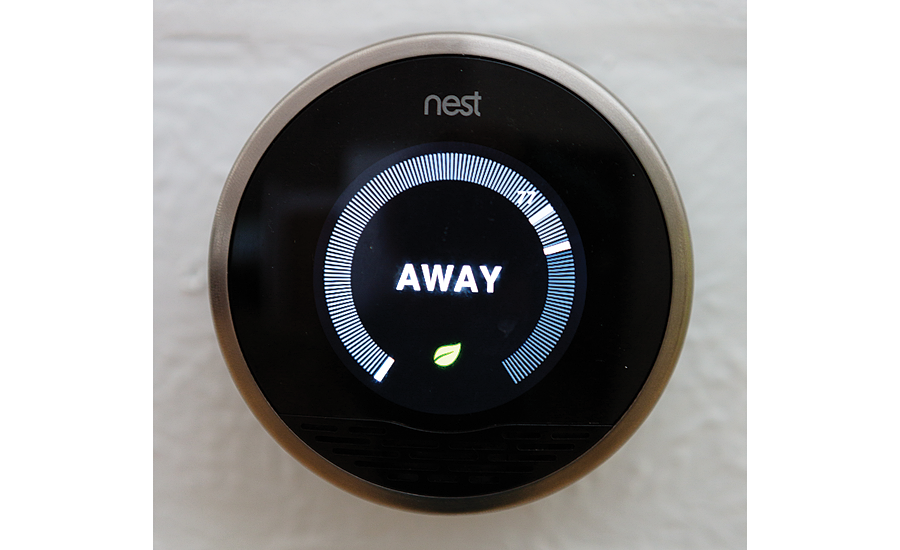Ross Moore, an engineer friend who works for Indiana Public Works, passed along a page from an old newspaper that had an ad for the Kewanee Boiler Company. An architect friend of his had sent it his way. It made all three of us smile.
The newspaper was The Indianapolis Sunday Star, and the date was June 4, 1922, a time when all was well with the world. Opposite the Kewanee ad was this news item: “City’s transportation agent has changed from easy-going mule to busy little kilowatt and ohm.” It was big news when the streetcars went from horses to electricity. Much less mess to clean up.
Below the Kewanee ad is another ad, this one from Feeney Furniture & Stove Co. They’re advertising cedar hope chests and the headline reads: “Buy a beautiful cedar chest for the girl graduate. What else would be so wonderful a gift? And every girl is crazy to have one!”
The price for what every girl wants is just $19.75.
Try running that ad today. You’ll get a punch in the nose. Back to that Kewanee ad. What I liked most about it was how they spoke of the intangibles of their boiler. They addressed not how it worked, but what it could do for the buyer’s reputation and success. Here, listen:
“If you propose to build an apartment house and you hope that the people who live in it will be contented enough to pay a fat rent, don’t skimp on the heating boiler.”
Put yourself back in that time for a moment. It’s 1922. We’re just now getting rid of the horse-drawn streetcars. Central heating is a new thing. People do not yet believe that 72° F all year long indoors is a normal condition. They don’t see indoor comfort as their right. They are astonished that such a thing is even possible. Landlords are open to the suggestion that a well-heated building can draw fatter rents from folks and Kewanee is helping them believe their boilers can make them more money.
I smiled when I read that because last winter, Andrew Cuomo, New York’s governor, came down hard on a few landlords in New York City who had illegally removed entire heating systems from buildings and left poor tenants to fend for themselves with stoves and plug-in heaters. The landlords were trying to get rid of those tenants so they could gentrify the building and get new tenants who would pay fatter rents. It didn’t work out well for those landlords. Maybe they could have learned a thing or two from the old Kewanee ad, but probably not. Those guys were stinkers.
The next point the ad makes probably wouldn’t have moved them either:
“If you want your tenants to refer to you as a ‘mighty nice man,’ instead of a ‘tight-fisted clam,’ if you want them to speak to you at church, which is the big test of social standing, put a Kewanee All-Steel boiler in your building.”
I think all of that meant more to people in 1922 than it does today, but we’re looking back through time here and what made me smile is how Kewanee knew to sell the intangible thing called respect for your fellow man. Thank goodness there are still some business people today who consider this intangible when making their purchasing decisions.
And how about this for self-interest, 1922-style?
“If sometime you want to sell the apartment building, the Kewanee boiler will be your strongest argument. And contented tenants will be another. But remember there isn’t any such animule as a contented tenant with a heating boiler that is spasmodic, or temperamental, or which stutters.”
Yeah, “animule.” I love an ad that talks to people in the vernacular and as though they were standing right there and in on the joke. We’ve all seen spasmodic, temperamental, stuttering boilers, and these will affect the selling price of any apartment building, both then and now. Good point, Kewanee, and well-made.
What it can do for you
Consider again the year 1922 when central heating was new. Just the other day, my aunt, who is 80 years old, was telling me about how the family had a coal stove in the kitchen when she was a girl, and if they were lucky, a kerosene heater in the bedroom. This was in Manhattan. My aunt didn’t consider central heating to be her right. It was a young girl’s dream, and here’s how Kewanee handled that:
“Going to bed to keep warm is out of date. Imitating the Eskimo and wearing your furs to breakfast is passé. The Kewanee All-Steel boiler, which has no joints or knuckles to leak or crack, is the only type of heating boiler which guarantees continuous heat, and keeps the plumber safe and sound in his own home.”
Definitely in the tenants’ self-interest and note how they mention the plumber here as well. They’re putting a not-so-subtle knock on cast-iron boilers there, and I suppose the plumber is safe in his own home because no landlord is gunning for him over cracks and leaks. Kewanee is getting a lot done with a few words in this ad.
Oh and then there’s this final message, printed in bold type:
“A special message to tenants: Don’t be an Eskimo!”
Once again, they speak plain English, let the tenant-reader in on an inside joke, and let the landlord, who is the intended target of the ad, know that they’re also talking to his customer. It was one of the things that kept Kewanee Boiler Co. in business for 130 years. They end the ad with this:
“Look in the basement first! Write to the Old Man Behind the Boiler. Ask him for the A.B.C.s of Heating Boilers. He’ll talk your arm off but his conversation sounds like gold dollars.”
Friendly stuff, indeed.
All this happened at the dawn of the “Golden Age of Advertising.” This was when we first saw the shift from ads that simply showed a picture of a product along with a price followed by a suggestion that the reader write for a catalog. The new ads that appeared in the 1920s, such as this Kewanee classic, took a much more personal approach. They made their case for their product by telling about what it would do for the reader. Rarely did their ads get into how the thing worked. It was all about what was in the reader’s self-interest. I smile each time I read it because it’s a big part of what built this industry.
Compare these old ads with the ads you see today. Most focus on the techie stuff and don’t address the intangibles, even though intangibles are what people are buying. No one ever went to the store to buy a drill because they wanted to own a drill. What they wanted to own were holes. Too few people sell holes these days, but Nest is a good example of a company that does indeed sell holes. Tony Fadell launched that company because he couldn’t find a good-looking thermostat that was easy to program. Nest ads don’t tell about the technology; they tell about what the thing will do for you.
And those ads made Tony Fadell a billionaire.
This article was originally titled “What’s in it for them” in the November 2016 print edition of PM Engineer.




